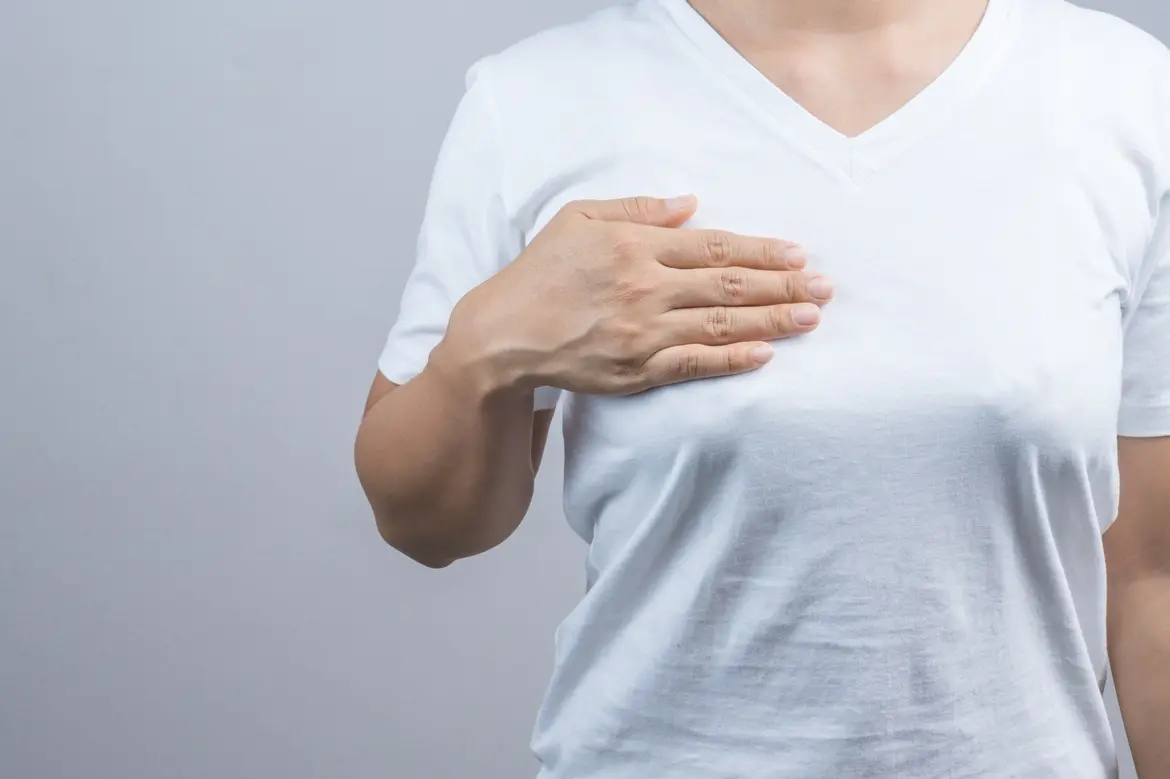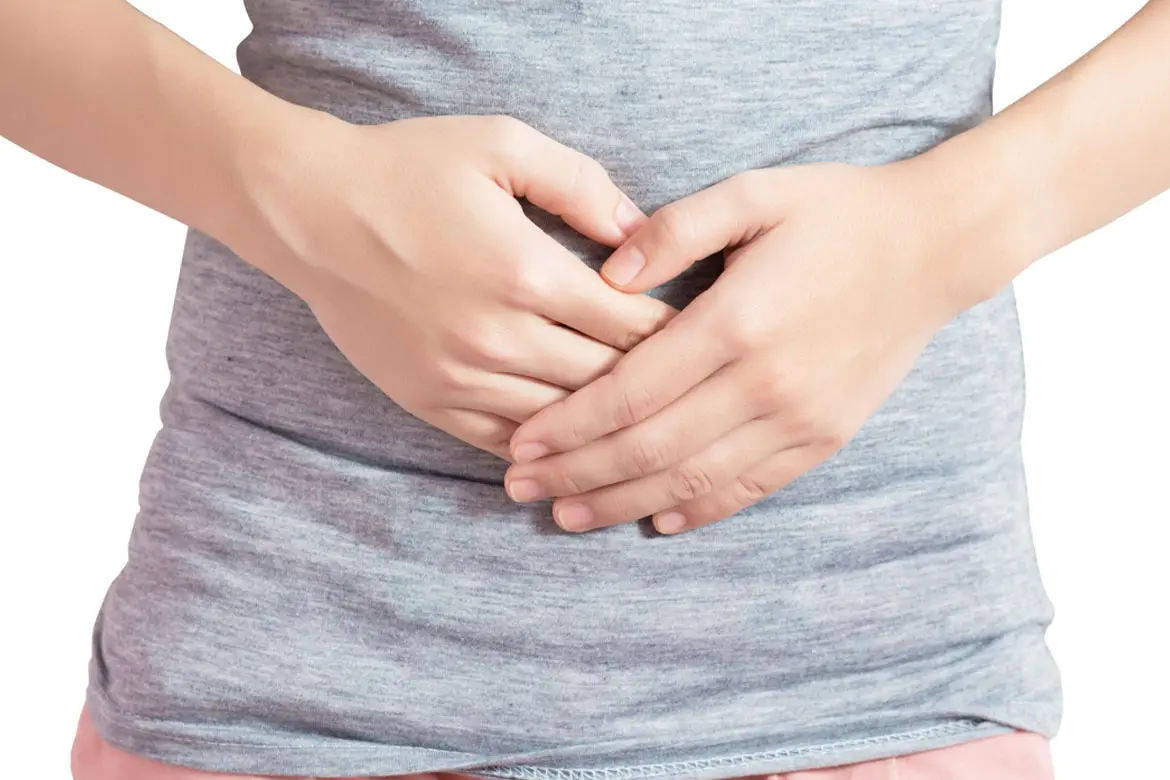Dr Felicia Tan, general surgeon at Mount Elizabeth Hospitals, gives us the rundown on breast reconstruction surgery.
What is breast reconstruction?
After removal of the breast as part of breast cancer treatment, reconstructive plastic surgery can be performed to restore the symmetry of both breasts by creating a breast mould. This can be in the form of breast implants or tissue flaps (taken from other parts of the body eg. the tummy, back or thighs). This procedure to restore the cosmetic appearance of the breast is known as breast reconstruction surgery.
Any patient undergoing breast surgery where a significant amount of breast tissue is to be removed, resulting in a potential deformity of the breast appearance, is a candidate for breast reconstruction.
What types are there?
There are many breast reconstruction techniques these days and the type you choose would depend on the amount of breast tissue removed, volume of breast remaining, shape and size of the other breast, as well as your personal preferences.
Breast reconstruction can be done immediately after breast cancer surgery (during the same surgery) or delayed as a second stage surgery (months to years later).
Broadly speaking, there are 2 main techniques for reconstructing your breast:
- Implant reconstruction: Inserting a breast implant that's filled with saline, silicone gel, or a combination of both.
- Autologous or 'flap' reconstruction: Using tissue transplanted from another part of your body (such as your belly, thigh, or back) to create a new breast.
Sometimes, both implant and flap reconstruction techniques are used in combination.
You also can choose whether or not to reconstruct your nipple. (In some cases, nipple sparing mastectomy is possible, which means that your own nipple and the surrounding breast skin are preserved.)
The decision regarding what is best for you will be clear after a detailed discussion with your breast surgeon and plastic surgeon who will help you make an informed decision.
What is oncoplastic surgery?
Oncoplastic surgery is a form of breast surgery where techniques are applied to reconstruct the breast after partial breast removal (lumpectomy). This allows for the cancer to be adequately removed and cosmetic deformity corrected in the same sitting using plastic surgical techniques. In some cases, it also includes surgery to the other unaffected breast to achieve symmetry.
Should I have immediate reconstruction or wait till later?
Ideally, breast reconstruction should be done immediately following cancer surgery for optimum cosmetic outcome. The surgeon is able to preserve as much of the skin of the breast and, in some cases, even your nipple. It also avoids the need for another surgery and recovery time.
However, immediate reconstruction may not always be possible if you need additional treatments such as chemotherapy or radiation therapy. Cancers that are larger than 5cm and that have spread to the lymph nodes are more likely to need radiation therapy after surgery. Treatments such as radiation therapy given after surgery can cause the reconstructed breast to lose volume and change colour, texture, and appearance. Radiation therapy in particular is known to cause undesirable changes to an implant reconstruction. In these cases, your surgeon will recommend waiting until these treatments are done before starting reconstruction.
What can I expect after breast reconstruction?
Breast reconstruction is major surgery. Expect soreness and feeling tired in the first few days following surgery. Most patients are required to be in hospital for about 1 – 2 weeks. Strenuous activities and sports should be avoided for about 6 – 8 weeks after surgery. Most patients resume their normal activities in 2 – 3 months.
It is important to keep in mind that a reconstructed breast will not look or feel exactly like a normal breast.
It is common to feel anxious or depressed during the recovery stage. Take time to recover and adjust to the new changes. It helps to talk to your surgeon or a counsellor.
It may take up to about 8 weeks for bruising and swelling to go away. Try to be patient as you wait to see the final result. There will be numbness over the reconstructed breast but some feeling may return over a period of a few years. It may take as long as 1 – 2 years for tissues to heal and scars to fade, but the scars will not go away completely.
What are its risks?
Breast reconstruction surgery is generally safe and performed routinely in most tertiary institutions here in Singapore.
Risks include:
- Infections from having a foreign body placed in the body (implants). This is treated with intravenous antibiotics and in severe infections, the implant may need to be removed.
- Implants can cause hardening of the surrounding tissues (called capsular contracture), giving the reconstructed breast a hard and lumpy texture.
- Implants have a risk of rupturing.
- Flap failure due to insufficient blood supply to the tissue flap. This may necessitate a re-operation to remove the flap and replace it with either another flap or implant.
- Stiffness and tightness around the chest and shoulder. This can be reduced with early ambulation and physiotherapy.
Will it interfere with chemo/radiotherapy?
Breast reconstruction will not interfere with chemotherapy or radiation therapy unless there are complications from surgery, resulting in a significant delay in starting treatment.
However, radiation therapy following breast reconstruction surgery can cause deformities to the reconstructed breast.
Will the breast change over time? How will ageing or weight change affect the reconstructed breast?
If implants were used for breast reconstruction, there may be an increased risk of leaks or rupture with time. Most implants require to be changed after 10 – 15 years. The shape of implants do not change or evolve with time to match the normal sagging of contralateral natural breast. It does not change with weight loss or gain either.
If autologous flaps were used, the reconstructed breast will change according to weight loss and weight gain. Autologous flaps adjust well to ageing and weight change.












